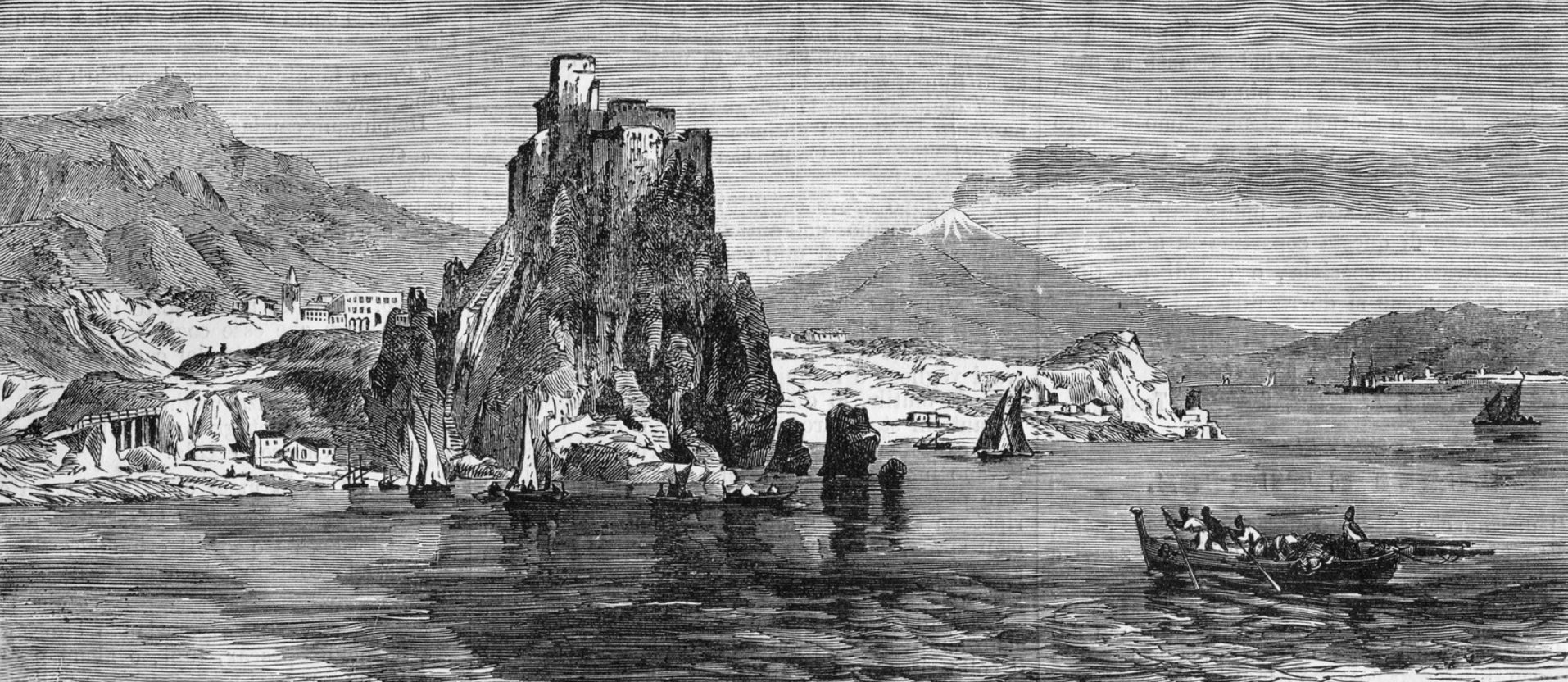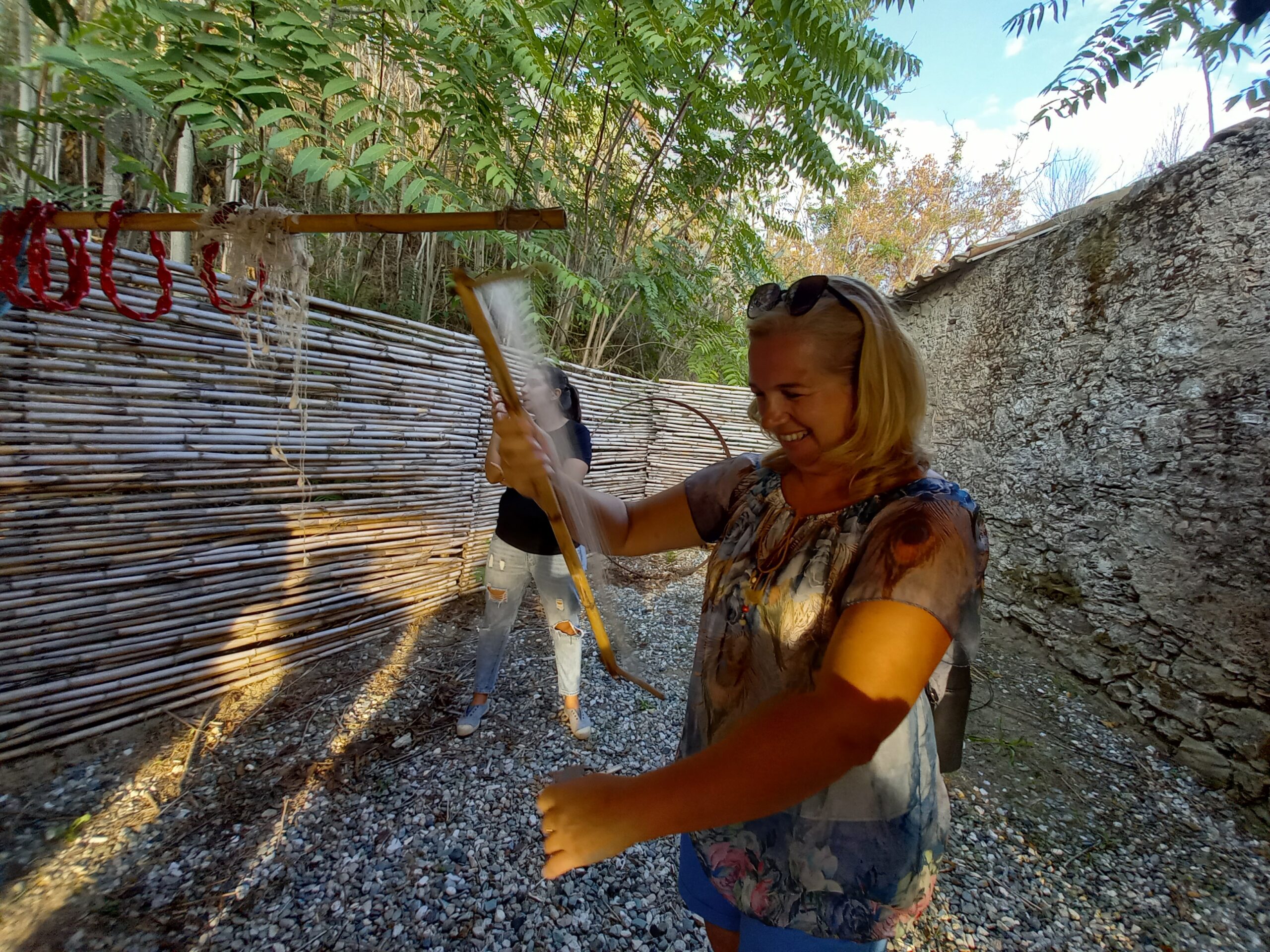
By Francesca Politi - JUMP Team
Have you ever heard the idiom “being between Scylla and Charybdis”? The phrase means having to choose “the lesser of two evils” and it draws its origins from Greek mythology. On opposite sides of the Strait of Messina, between Sicily and Calabria there were, according to Homer’s account, two mythical sea monsters. A six-headed monster named Scylla lived on the Italian Peninsula would pull sailors up and devour them if they came within her grasp, while an all-consuming whirlpool called Charybdis, on the Sicilian side, would suck passersby to their deaths.
The crossing of a strait over time represented the overcoming of boundaries between the known and the unknown. Those dangerous areas were usually identified with monsters who guarded the passage, the personification of the dangers of sea travels. The Strait located in the Mediterranean Sea, uniting the two ancient cities of Magna Graecia Zancle (the Messina of today) and Reghion (the actual Reggio Calabria) was no exception.
Thus it was that the stormy sea and the rocks that tore the boats causing the death of many became the myth of the Scylla monster. On the Sicilian shore, on the other hand, it was the sea currents that generated vortices, which still occur today, but are of lesser intensity, which often swallowed the boats that passed nearby. Here, too, there was thought to be a monster, Charybdis, who sucked the seawater and spit it out, creating huge vortices.
But at the origin of the myth there are also tales of passion, unrequited loves, fierce revenge. Legends tell that the monstrous creatures had previously been renowned beauties, who were turned into scabrous horrors only after setting off the jealousy of goddesses. Scylla, a nymph with an astonishing beauty, was transformed by the sorceress Circe into the horrendous monster and Charybdis, once a beautiful nymph daughter of Poseidon and Gea was thrown by Zeus who had struck her with a lightning bolt because of her lustful character.
Among those who tangled with the monsters it was the great Odysseus, a courageous and able seaman, on his way back home from the Trojan War. His ship, in trying to avoid Charybdis, went a little too close to Scylla’s lair. Six members of Odysseus’ crew, the six best, were grabbed by the six heads of Scylla as they went through the turbulent waters of the narrow straits. No ship could pass without being attacked.
Sources:
Cartwright, M. (2017, February 26). Scylla and Charybdis. World History Encyclopedia. Retrieved from https://www.worldhistory.org/Scylla_and_Charybdis/
In the picture, details of the Neptune fountain of Messina. Scylla on the left side and Charybdis on the right.



